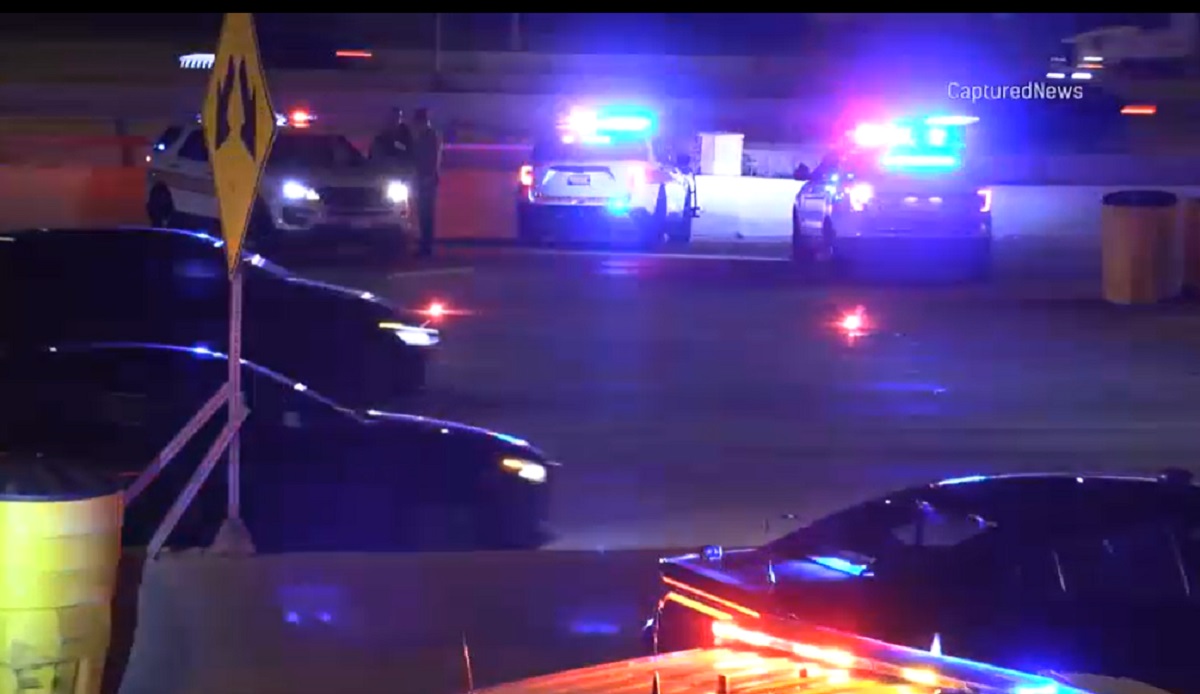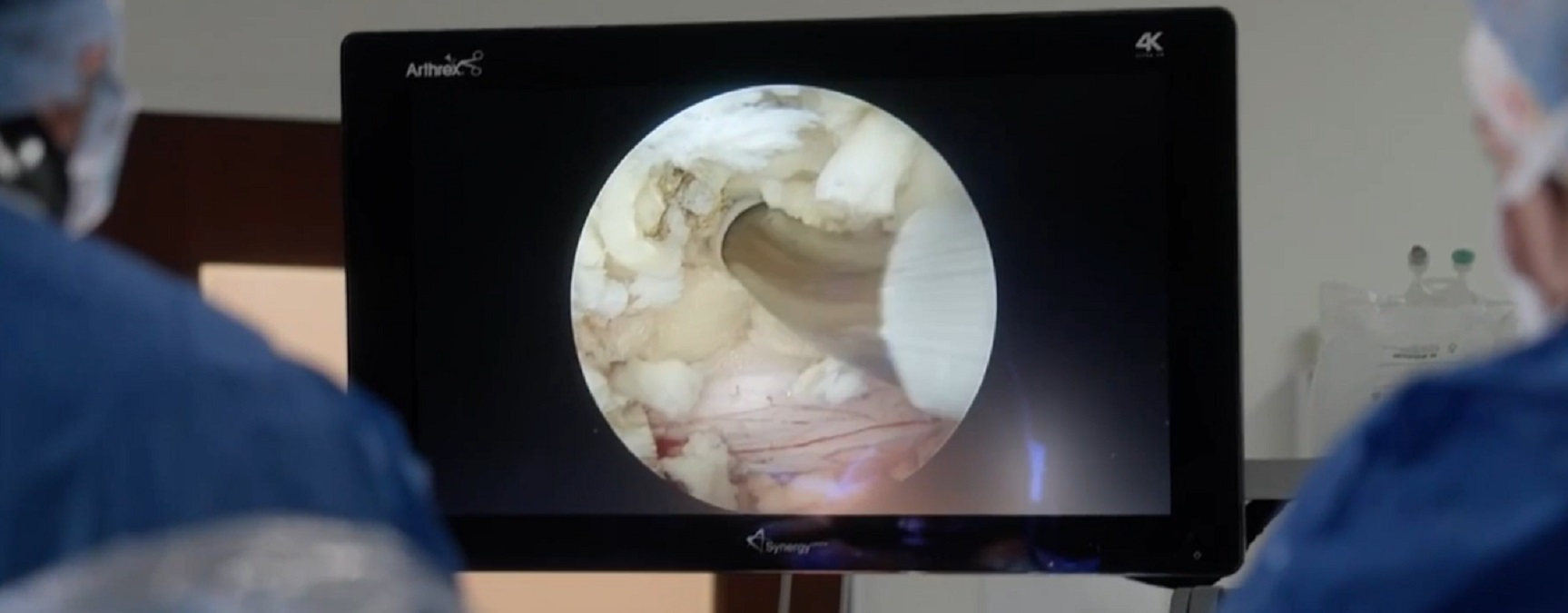Election Day in Chicago was on pace to end with historically low voter turnout, officials said Tuesday afternoon--but was saved from the disgraceful title thanks to social media shaming, an official said.
Approximately 500,000 people cast ballots, with the final turnout expected to be 34 percent--which beats 2007 by one percent. The surge was last minute, Chicago Board of Elections spokesman Jim Allen said. He said some of the last minute voters were shamed into participating in democracy by fellow citizens on social media.
By 4:30 p.m., voter turnout was at 427,294, which is 26.9 percent of registered voters, Allen said.
That number included vote by mail and early voting ballots submitted Monday night, but not roughly 6,000 mail-in ballots received Tuesday, which will be added to the count beginning Wednesday along with other late-arriving ballots.
This is the Loop Super Site at 12:20 p.m. hmmm.... @nbcchicago pic.twitter.com/vyFFUlPkQy
— Chris Hush (@ChrisHushNBC) February 26, 2019
Compared to the midterm elections in November 2018, the biggest difference was in turnout of young people. 2018 turnout by age group compared to now, according to Allen:
25-34: 189K vs. 52K now
Just interviewed @chancetherapper. Tells me he not sure where @AmaraEnyia is, but with 14 candidates, it important for people to vote today. @nbcchicago pic.twitter.com/yqLc7yh9Ub
— Chris Hush (@ChrisHushNBC) February 26, 2019
35-44: 163K vs. 63K now
45-54: 151K vs. 69K now
55+: 190K vs. 135K now
Local
Total turnout last fall was 61 percent, but this year looks to be around 31 to 32 percent, Allen said.
Record low turnout was in 2007 at 33.08 percent, for a race that was not highly contested and no one expected to be close, leading to low voter interest.
"We may be in that neighborhood by the time all the ballots are counted by March 12," Allen said, but he noted that comparing the two elections was like "apples and oranges."
“Here we have an open mayoral contest with 14 candidates on the ballot," Allen said. "We had polling on Election Day that emerged in some media reports that put two, three, four candidates within striking distance of each other so it’s really surprising that in a hotly contested race for mayor where there are multiple choices and it seems to be highly competitive, that we would have turnout anywhere near 2007."
Turnout “doesn’t reflect the high numbers in early voting, it doesn’t reflect high numbers we saw in vote by mail. Voters are changing their behavior," he added.
Examples of high turnout were 47 percent in 1991 and 75 percent in 1987, according to Allen, who said Tuesday's turnout, hovering around 30 percent, "is good for any city typically but not good for Chicago."
“We've seen a remarkable number of institutions and individuals be reluctant to even offer an endorsement saying they’ll wait til April 2," Allen said, speculating that it was possible "voters have done the same."



